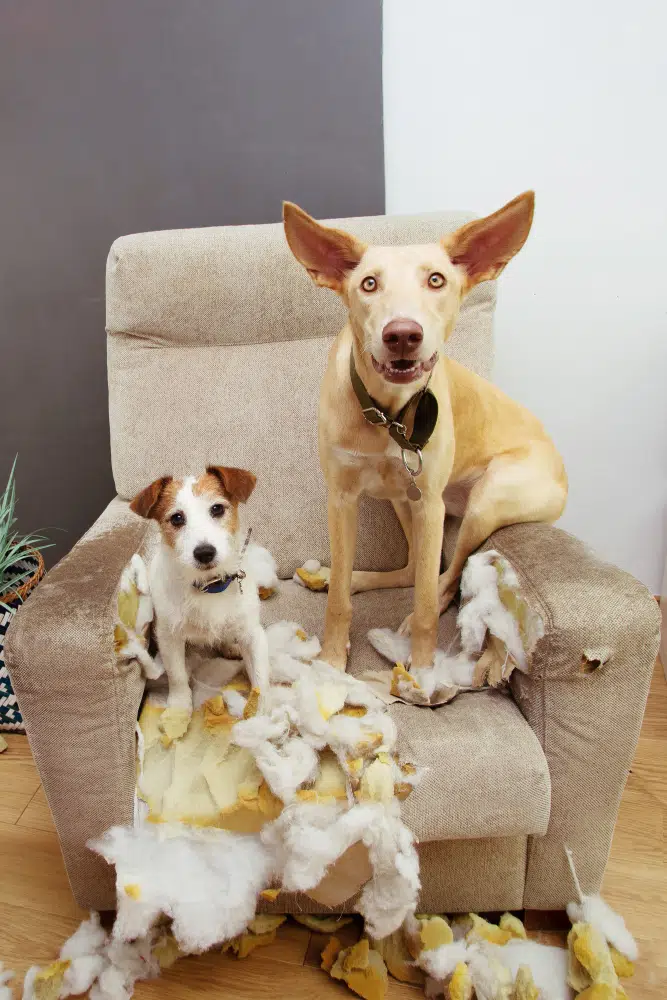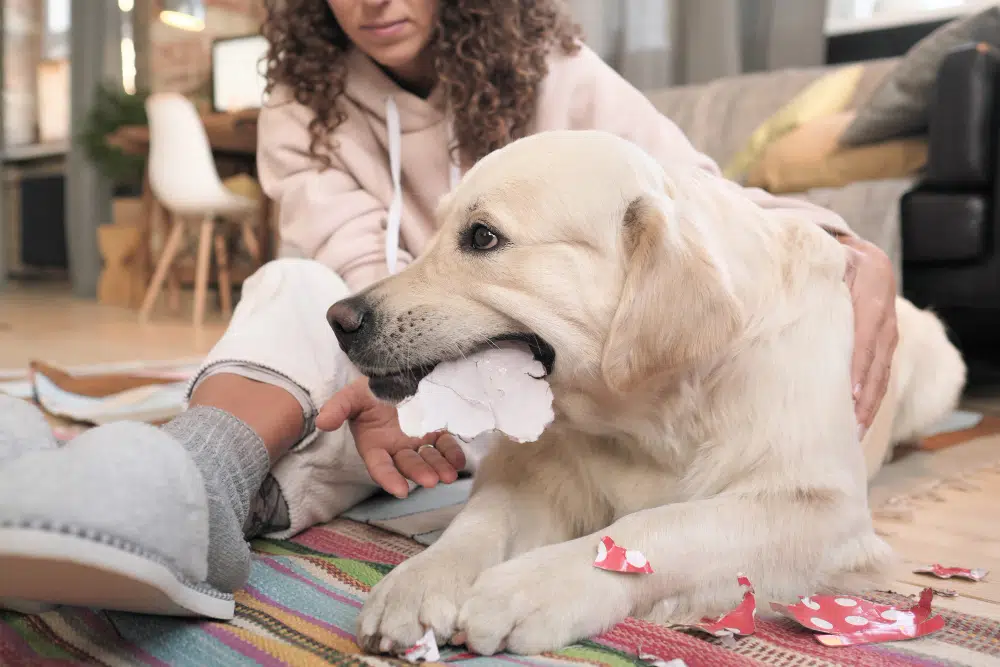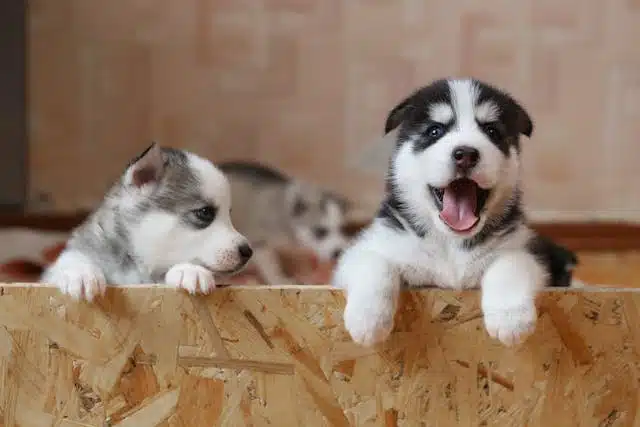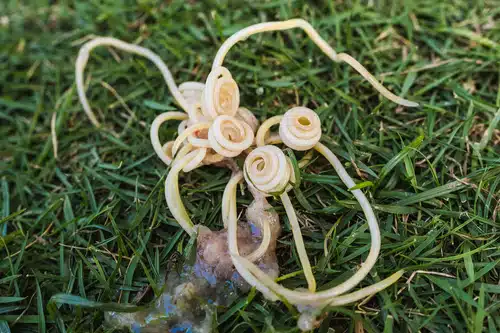Home » Blog » Pet » Pets: Understanding Them » Puppy Teething and What To Do About It
Categories
Tags
animal welfare
breed profile
buying a car
buying a pet
Car
car accessories
car care
car features
car insurance
Car safety
car sales
car service
cat
cat behaviour
cat body language
Cat Breeds
cat food
cat insurance
comprehensive car insurance
Dog
Dog Behaviour
dog body language
Dog Breeds
dog food
Dog Insurance
dog training
eco friendly cars
Kitten
New Car
pet accessories
pet activities
Pet Adoption
pet breeders
pet days of the year
pet fun stuff
Pet Health
pet insurance
pet parenting
Pet Safety
pet services
Puppy
rescue pets
road safety
road trip
safe driving
Recent Blog:
Facebook Posts
1 week ago
Ready for a fun challenge? 🐾 Take a wild guess: What breed is this adorable fellow? 🐶 Drop your answers in the comments, and don't forget to scroll down to check if you nailed it! 🎯 Let's see who knows their dog bree#dogbreedquizgBreedQuiz![]() .
.![]() .
.![]() .
.![]() .
.![]() .
.![]() .
.![]() .
.![]() .
.![]() .
.![]() .
.![]() .
.![]() .
.![]() .
.![]() .
.![]() .
.![]() Lagotto Romagnolo
... See MoreSee Less
Lagotto Romagnolo
... See MoreSee Less
1 week ago
Did you know heart disease in dogs and cats can start with bad oral health? Find out more.....
... See MoreSee Less
Why Pet Dental Health is Linked to Heart Disease and Other Illness
bit.ly
Pet dental health usually brings to mind images of teeth and gums. In reality, it goes far beyond that. Pet oral health can be directly linked to systemic2 weeks ago
Yes or No - got any road adventures planned for Easter? Whatever you answered, here are some great ideas for this year (or next):![]() #easter.
... See MoreSee Less
#easter.
... See MoreSee Less
Driving, Flying and Staycations with Dogs and Cats this Easter
bit.ly
Is cat or dog friendly Easter travel on your wishlist? You're one of many! Travelling with dogs, cats and even some other critters (think bearded dragonsYou’ll likely be dismayed when your bundle of cute starts to bite and chew your prized possessions. We’ve been there. We get it. The puppy teething stage is no joke.
But if you’re well prepared for this stage, you can get through it. Maybe not unscathed, but without too many problems.
Here’s how to help your pup (and your home) breeze through the puppy teething phase with minimal disruptions.
Puppy teeth – the basics
Puppies, like humans, have “milk teeth” in that they’ll fall out and be replaced by permanent teeth as they grow. The milk teeth, technically called deciduous teeth, start to show at about two weeks old. By the time your puppy is 10 weeks old, their baby teeth should be fully developed…and ready to bite things.
The last of the baby teeth to go are usually the canines, at around six months old. So from around four to eight months, the puppy teething process is in full swing.
One big difference? Puppy teeth are much sharper and more pointed than their baby teeth. So much so that they’re sometimes called needle teeth. If that doesn’t conjure up some painfully accurate imagery in your mind, we don’t know what will.
What are the signs of puppy teething?
As you might’ve guessed, one of the major signs of puppy teething being underway is the infamous “itchy teeth.” By that, what we mean is that your puppy wants to nibble, chew, and bite everything.
And we mean everything: shoes, toys, bedding, rugs, furniture, and even your fingers.
If they’re of the sneaky variety and you don’t see them doing it, you might see tooth marks or other evidence around the house.
It can be frustrating, but remember your puppy is only a baby.

Puppy teething survival tips
To help navigate puppy teething discomfort, try these tips.
1. Out of sight, out of mind
Don’t want your valuable Jimmy Choos to become Jimmy Chews? Put them out of reach in cupboards or on shelves.
2. Provide safe chew toys
If your puppy is teething, make sure to give them something that they’re allowed to chew on. A good chew toy should be durable, safe, and non-toxic.
It should have some give so your puppy can really sink their teeth into it, and it needs to be appropriately sized too.
3. Deter pup from ‘naughty’ chewing
Chewing is good for dogs, so you don’t want to discourage it entirely. If your puppy chews on something that’s not allowed, firmly say no, take it away and offer a suitable chew toy instead. Remember to praise when they chew something appropriate!
If they bite or chew your hand, yelp and pull your hand away, then ignore your puppy for a bit to let them know they hurt you. Learn more tricks for how to speak dog here.
4. Stick to kibble
Kibble is more suitable for young, developing teeth and gums than soft food. Considering raw? Read our article on raw food for puppies first.
Then, read our article on how to puppy proof your house like a pro. So you have a Plan B. And C…
Keeping an eye on your teething pup
Remember, teething can be uncomfortable for puppies. A little bit of blood here and there isn’t cause for alarm. But if there’s a lot of blood or your puppy seems quiet or under the weather, it’s time for a vet visit.
PD Insurance’s Deluxe dog insurance plan includes dental cover, which allows you to visit the vet for several types of dental treatments without worrying about the cost. If you feel you don’t need dental or our highest annual benefit limit, but want cover for things like accidents and illnesses, check out our other pet insurance plans.
Share On:




